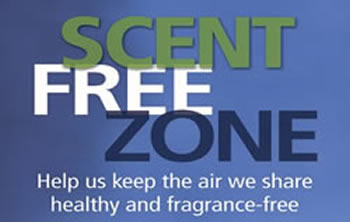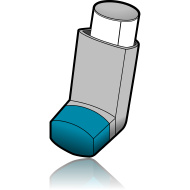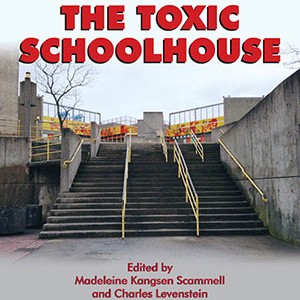Successful Scent-Free Programs in Schools: Tips from Principals July 2015 “It is virtually impossible to ‘police’ a scent-free environment for a school on a daily basis, so we focus on education, understanding, awareness and cooperation.” (Vice-Principal of a school with a successful scent-free program) In general: Develop a school Code… read more →
What is Asthma and how Common is it? Asthma is a chronic respiratory disease characterized by a sudden constriction of the bronchial tubes causing difficulties in breathing, chest constriction, and coughing (Canadian Institute of Child Health). According to the 1998 Sentinel Report based on a Health Canada student lung survey,… read more →
Gas Stove Emissions Worsen Asthma Symptoms in Young Children October 13, 2008 Johns Hopkins scientists report that high levels of a noxious gas from stoves can be added to the list of indoor pollutants that aggravate asthma symptoms of inner city children, especially preschoolers. Nitrogen dioxide (NO2), an irritating and… read more →
__(name)_______High School CODE OF CONDUCT (http://(insert URL for school web site) .ednet.ns.ca) Date: (ie March, 2014) SCENT SMART POLICY No scents are to be worn or used at school by any student, staff or visitor to the school. The following procedures will be used to implement and… read more →
DRAFT School Newsletter Many new families have moved into our school community and may not be familiar with our Scent Smart program. Our school has students and staff who experience symptoms such as headaches, asthma, and much worse, when they breathe even small amounts of fragrance chemicals. Some are… read more →
Book Review: The Toxic Schoolhouse, edited by Madeleine Kangsen Scammell and Charles Levenstein Updated: 04/11/2014 Book Review: The Toxic Schoolhouse Baywood Publishing Company, Amityville, New York, http://baywood.com, edited by Madeleine Kangsen Scammell and Charles Levenstein, 2014. Parents should be able to assume that school buildings are healthy places for children, but… read more →
SCENT RESEARCH: Sample Abstracts from Research Articles Relevant to the Perfume Issue 1997 1 – Lorig TS, EEG and ERP studies of low-level odor exposure in normal subjects. Toxicology and Industrial Health, July-Oct. 1994, vol 10, No.4/5, 579-586. “Evidence from four EEG/ERP experiments is presented. Findings of these experiments consistently… read more →
Toxic Chemicals in Fragrances Acetaldehyde – found in perfume, dyes, fruit and fish preservatives, and flavor fragrances, which produces a fruity odor. It is a suspected animal carcinogen and has been classified in Group B2 as a probable human carcinogen of low carcinogenic hazard by the EPA. It can cause… read more →
Facts About Perfume 1998 The Environmental Protection Agency. “Indoor Air Quality Basics for Schools.” 1990. The EPA list personal care products as a source of indoor air pollution. “The EPA studies of human exposure to air pollutants indicate that indoor levels of pollutants may be 2-5 times, and occasionally more… read more →
Scent-Free Healthy Schools (Updated September 2008) “There are two kinds of scents, Common Sense and Perfume Scents.” With those words, another scent-free program is launched. It’s the first day of school and the several hundred Junior High students are gathered in the gym for a few words from the principal.… read more →




